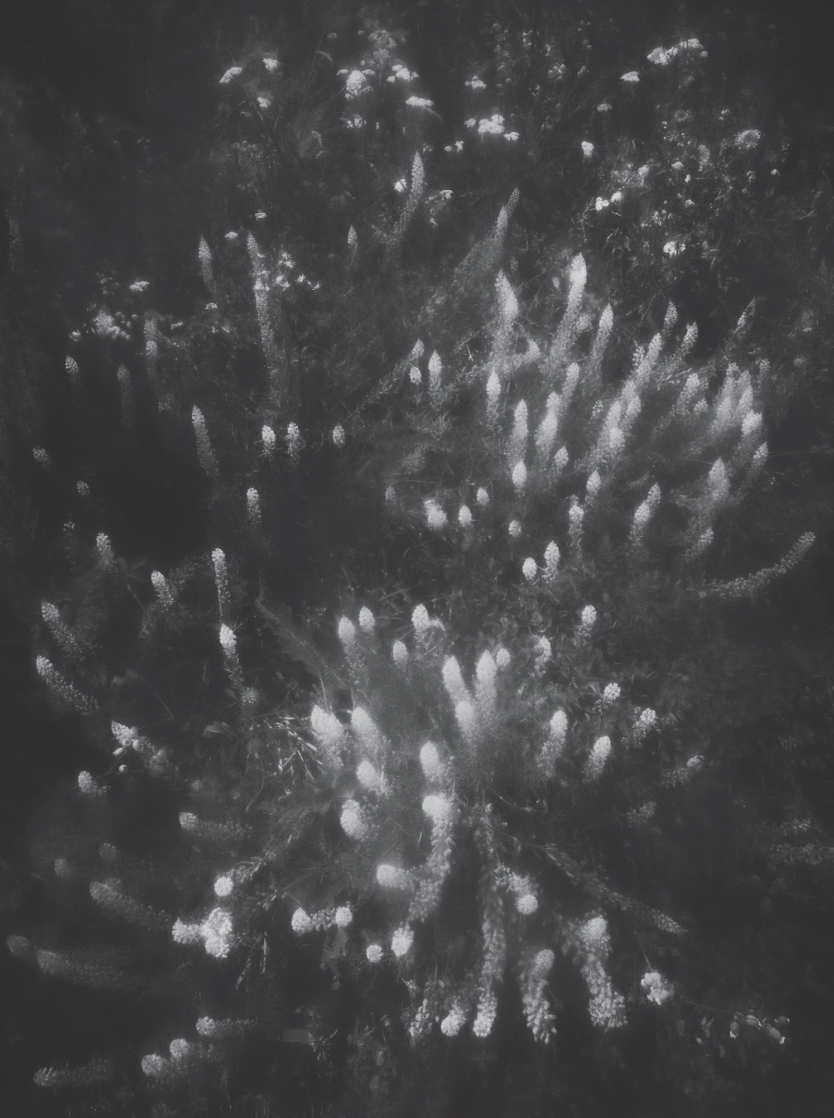Anyone who has ever spent more than a few hours in a darkroom knows it is as if you are in a womb: there are no external stimuli, no daylight, no sounds. Just you and the magic of the developing process. Whilst this might not be an environment suited for everyone, for Rogier Houwen (1992), an up-and-coming photographer from Amsterdam, the darkroom represents the departure point of his contemplative photography practice. It is the space where he can convert his daytime observations – from a shimmering reflection in the dusk to an ocean vista – onto paper, to then be able to share with the world. Whether it is a landscape or an inanimate object like a candle on the brink of extinguishing – to Houwen everything radiates a certain atmosphere. These atmospheres – the subtle vibrations that can be felt – are his subjects. “My work is not about what is seen but what is felt through seeing.” As such, his imagery is an echo of a feeling that he wishes to communicate to the viewer, not a depiction of what he saw at the moment of pushing the button. Employing a muted, mostly black-and-white palette, the photos are stripped of perceptions of space, distance and time – giving it a transcendental and timeless quality.
Here he reflects on how this meditative art practice came into being, what draws him to the qualities of black-and-white photography and how he unites the everyday with the cosmic.
